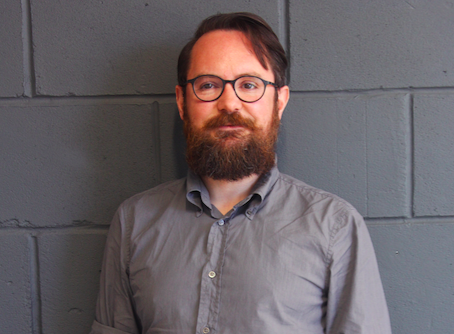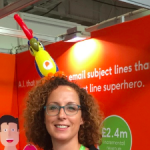Agency briefing is an often overlooked skill, whether you’re a start-up or a seasoned brand. The agency briefing process sets the tone for the project and can often determine how successful the outcome will be.
This week I’m tackling the agency briefing process. Originally we wanted to look at this purely from a start-up perspective but I think a lot of these pointers are relevant across the board, especially as briefing becomes more challenging in the digital age.
There are a lot of posts out there about the perfect agency briefing, many offer great advice, so some of this may be familiar. What I want to focus on is the challenges clients are now facing in the digital age and how you write a brief when it’s difficult to know what you want in an ever evolving landscape. Also, if you’re a start-up and cash is tight, how do you brief to get the best bang for your buck?
First let’s take a step back. What’s the point of a brief, the benefits and basic principles?
I think this quote from Dominic Grounsell (marketing director Capital One) sums it up really well.
“The equation is simple, tightly written briefs plus passionate briefing equals engaged agencies, impactful campaigns and strong market results.”
The key benefits of a brief:
• It leads to better work, avoiding doubt and giving better clarity as to the objectives and a successful outcome to measure the work against
• It saves time and money, stops the goal posts moving and adds efficiency to the process
• It makes the process fairer, vital if you want an engaged agency with real clarity in the objectives who will work collaboratively with you
• It provides the critical information needed to complete the task
• It inspires and motivates the agencies people
So why is briefing a digitally-led agency sometimes so challenging?
I think it comes down to who’s leading it.
Digital in most organisations is a silo, operating alongside, but often not fully integrated with, the wider marketing function. When digital teams brief they lean towards very specific performance or KPI goals. Which is fine, but when these aren’t aligned to broader business and brand goals, can make it very difficult to understand the wider context of success. This also seems at odds with accepted thinking of the digital space and the multi-channel nature of consumer behaviour. Sure, there may be a digital experience at the heart of a campaign, but very often there will be all sorts of offline and online channels aligned around this. When the team briefing is purely digital how does this work?
Brand teams often have the flipside issue. Used to briefing on above the line or traditional communications, briefs tend to be linear and lack the flexibility to explore multiple touch points and digital experiences that don’t adhere to traditional campaign roll-out strategies.
This really touches a deeper issue of organisational structure, but I think the basic solution is to get these teams working and talking together, the shared challenges should unite them. The first step is then being to recognise that there shouldn’t be an assumption on channel before the brief is created. Ultimately, all teams should be pulling in the same direction, working together to think holistically about how they can play a part in better servicing the needs of the consumer.
For DVO this really is the fundamentals of a good brief; what is the consumer need? The brief is, in essence, asking the agency how do we better meet this? The next question is, how do we identify it? That’s a big problem and something the brand often cannot answer because historically, a brief has fleshed out a challenge or problem purely from their perspective.
We’ve tried a number of techniques and found the most effective has always been a pre-brief workshop. We come armed with a deeper understanding of the consumer and collectively arrive at where we want to get to within the framework of the brand’s objectives. It’s not fool proof, but it’s a good step towards a workable brief from a starting position of not knowing what you want, need or even what the problem is.
So that’s great but there’s two of us in marketing, we’re on a tight budget.
Back to the start-up conundrum! We’ve seen a variety of brands in this space struggle with agency briefing, either through lack of experience, overthinking or simply being time poor.
• My first piece of advice would be to speak to the agency, don’t suffer in silence. Any good agency worth their salt recognises the importance of a good brief and should be able to offer advice and a framework to work within. This isn’t a sly way to steer the selection process. We would rather invest a little time getting to a good brief because we know that we’ll end up with more successful work and a happy client. It’s never in an agency’s interest to do bad work and have unsatisfied clients as we operate in a very competitive sector.
• Failing that, think about a problem that needs solving. You may not be able to add all the pieces to the puzzle, but again a good agency should be able to ask questions of your brief and fill in the missing bits.
• Keep it simple. It’s an age old adage in the industry that a good brief should fit onto one piece of paper. 20 pages will invariably lead to misunderstanding as different people read the brief and focus on different elements.
• Don’t make the brief too restrictive. You may think that making the brief hyper-focused will stop the agency from going in the wrong direction but this is a false economy. It assumes you know exactly what needs to be done to stay within your budget and meet the objectives and leaves little room for innovation or lateral thinking. Creative agencies need room to be creative.
• Don’t try to answer the problem in your brief. We’ve seen this a number of times where a problem has been fleshed out and then the brief itself has tried to solve that problem, leaving little room for the agency to move. Understandable if it’s purely a production piece but the question would then be “why use a creative agency to do this”? This totally sidesteps the value-add offered by a creative agency and probably means you’ll end up paying a lot more for something you could have otherwise completed elsewhere for less money.
• Collaborate with your agency. If you’re small with tight budgets, this should be transparent and accepted from the start. When both parties are happy with this situation, it will lead to appropriate work and the two parties can grow and develop together. When budgets are tightly guarded and expectations aren’t aligned, it creates mistrust in the relationship from the start.
I think it’s fair to say that the agency briefing process has become more fluid. There still needs to be a grounding in the fundamentals but that doesn’t mean it’s about passing pieces of paper from team to team. With consumer behaviour changing good briefs are now a collaborative effort between agency and client, whether you’re a start-up or a global player.
If you want to explore this topic further check out the good pitch which focuses more on communications but is still a great guide. Sadly there seems to not be too much about briefing agencies in the digital age so hopefully this will start the conversation.
If you’d like to speak to us about how to shape your brief for digitally-led communications then we’d be happy to come in and run a short workshop, contact us for more information.







